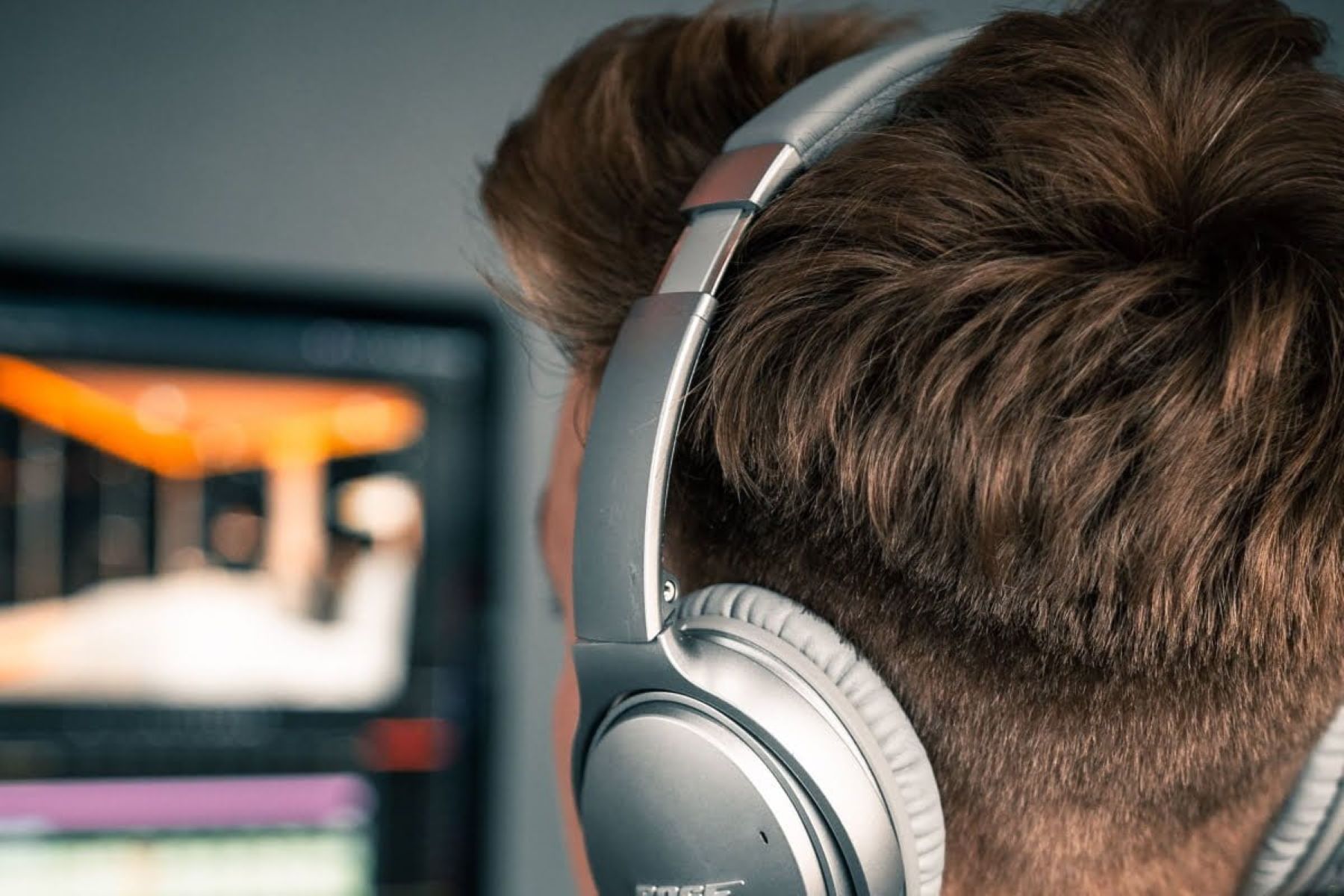What Causes Headset Dents
Headset dents, also known as headphone hair dents, are impressions or marks left on the hair and scalp due to prolonged use of headphones or headsets. These dents can be a nuisance and often lead to self-consciousness. Understanding the causes of headset dents can help in preventing and treating them effectively.
One of the primary causes of headset dents is the pressure exerted by the headband of the headphones. The headband, designed to secure the headphones in place, can create indentations on the hair and scalp when worn for extended periods. The pressure from the headband disrupts the natural flow and position of the hair, resulting in visible dents.
Furthermore, the material of the headband plays a significant role in causing dents. Headbands made of rigid or unforgiving materials, such as hard plastics or metals, are more likely to leave pronounced dents compared to those made of softer, more flexible materials. The inflexibility of the headband can exacerbate the pressure on the scalp, leading to deeper and more persistent dents.
Another contributing factor to headset dents is the tightness of the headband. Headphones that are worn too tightly can exert excessive pressure on the scalp, resulting in more prominent dents. Additionally, the weight of the headphones can compound the pressure, especially if the headband is not adjusted to fit the individual’s head size properly.
It’s important to note that the duration of headphone use also influences the likelihood and severity of dents. Prolonged and frequent use of headphones can increase the risk of developing persistent dents, particularly if the aforementioned factors are not addressed.
Overall, the causes of headset dents stem from the pressure, material, tightness, and duration of headphone use. Understanding these factors is crucial in devising effective strategies to prevent and address headset dents.
Tips for Avoiding Headset Dents
Preventing headset dents involves implementing proactive measures to minimize the pressure and impact of headphones on the hair and scalp. By adopting the following tips, individuals can reduce the likelihood of developing noticeable dents and discomfort associated with prolonged headset use.
- Choose Headphones with Padded Headbands: Opt for headphones with padded or cushioned headbands. The padding provides a buffer between the headband and the scalp, dispersing the pressure and reducing the likelihood of prominent dents.
- Adjust Headphone Fit: Properly adjust the headband to ensure a comfortable and secure fit without excessive tightness. A well-fitted headband reduces the pressure exerted on the scalp, mitigating the risk of dents.
- Take Breaks: Incorporate regular breaks during extended headphone use to relieve the pressure on the scalp. Allowing the hair and scalp to return to their natural state intermittently can help prevent persistent dents.
- Utilize Hair Accessories: Employing hair accessories, such as headbands or scrunchies, can act as a protective barrier between the headband and the hair, minimizing the formation of dents.
- Opt for Adjustable Headbands: Select headphones with adjustable headbands that cater to individual head sizes. Customizing the fit reduces the likelihood of excessive pressure and dents caused by ill-fitting headbands.
- Consider On-Ear or Earbud Options: On-ear headphones or earbuds, which do not feature a traditional headband, offer alternatives to mitigate the risk of noticeable dents. Exploring different headphone styles can provide relief from persistent dents.
By implementing these tips, individuals can proactively minimize the occurrence of headset dents, promoting comfort and confidence during headphone use.
How to Treat Headset Dents
Addressing headset dents involves employing strategies to alleviate the impressions and restore the natural appearance of the hair and scalp. While prevention is ideal, individuals can utilize the following techniques to treat existing headset dents and minimize their visibility.
- Massage the Dented Area: Gently massaging the dented area of the scalp can help stimulate blood flow and encourage the hair to regain its natural shape. Using the fingertips, massage the affected area in circular motions to alleviate the indentation.
- Utilize Heat Styling Tools: Employing heat styling tools, such as a hairdryer or straightening iron, on a low heat setting can help reshape the dented hair. By directing heat to the dented sections and gently reshaping the hair, individuals can reduce the prominence of the dents.
- Apply Hair Mousse or Styling Products: Applying hair mousse or styling products to the dented areas can aid in restoring volume and structure to the hair, minimizing the visibility of the dents. These products can help lift the flattened hair and create a fuller appearance.
- Experiment with Hairstyles: Exploring hairstyles that strategically conceal the dents, such as braids, loose curls, or voluminous updos, can divert attention from the affected areas. Adapting hairstyles that add texture and volume can effectively minimize the prominence of headset dents.
- Use Scalp Massaging Tools: Utilize scalp massaging tools, such as scalp massagers or vibrating brushes, to promote circulation and alleviate the dents. These tools can help revitalize the affected area and encourage the hair to regain its natural shape over time.
- Consult with a Hairstylist: Seeking guidance from a professional hairstylist can provide personalized recommendations and techniques to address headset dents. A hairstylist can offer tailored solutions, such as specialized hair treatments or styling methods, to effectively minimize the appearance of dents.
By implementing these treatment methods, individuals can effectively diminish the visibility of headset dents and restore the natural appearance of their hair and scalp, promoting confidence and comfort.

